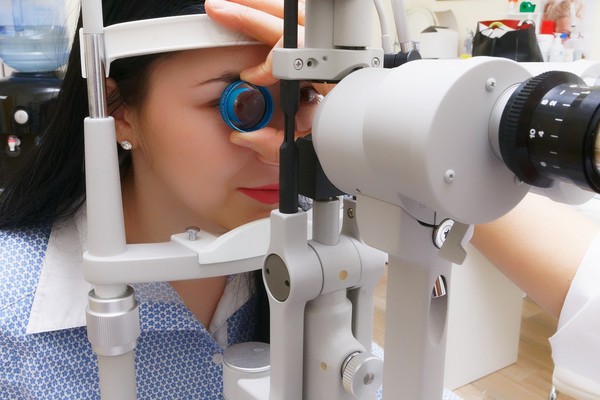SNUH team finds 'optimal atropine concentration' for myopia in children - Korea Biomedical Review
A research team at Seoul National University Hospital (SNUH) has found an optimal concentration of atropine therapy for slowing down myopia in children.

The research team, led by Professors Kim Young-kook and Jung Jae-ho of the Department of Pediatric Ophthalmology, discovered that the 0.05 percent concentration of atropine showed the safest and most effective outcome in the study, the hospital said.
Researchers analyzed existing atropine studies registered in academic databases, such as Pubmed, and comparative samples of 3,273 people who received atropine for at least a year.
The study results revealed that those who received 1, 0.5, and 0.05 percent concentrations of atropine showed excellent therapeutic effects. In comparison, the 0.05 percent group was found to be the best option when considering safety.
Myopia is a condition where patients can see well at close distances but have blurred vision when looking far. The condition in childhood could lead to blindness-related eye diseases in severe cases.
Recently, atropine eye drops have attracted attention for suppressing the progression of myopia. In addition, the therapy is known to be more convenient and effective than existing contact lenses or special eyeglasses. Although atropine effectively suppresses myopia, a concentration higher than one percent of the drug could induce side effects, including glaring effects or difficulties in reading.
The medical society has recommended treating with a lower dose of atropine, but the most effective and safe concentration has not yet been provided.
The research team conducted the study to build evidence for the treatment of myopia in children using low-dose atropine. It administered low-concentration atropine of less than 1 percent to prevent side effects in the past, but the detailed figure was difficult to calculate.
"The number of children with myopia is increasing worldwide, and controlling myopia from an early age is very important for maintaining eye condition throughout people's lives," Professor Jung said.
Professor Kim also said, "In children with increased optic nerve papillary depression, atropine treatment may also be considered for preventing myopia-related glaucoma."
The study results were published in the latest online edition of Ophthalmology, one of the most prestigious academic journals in ophthalmology.
Comments
Post a Comment